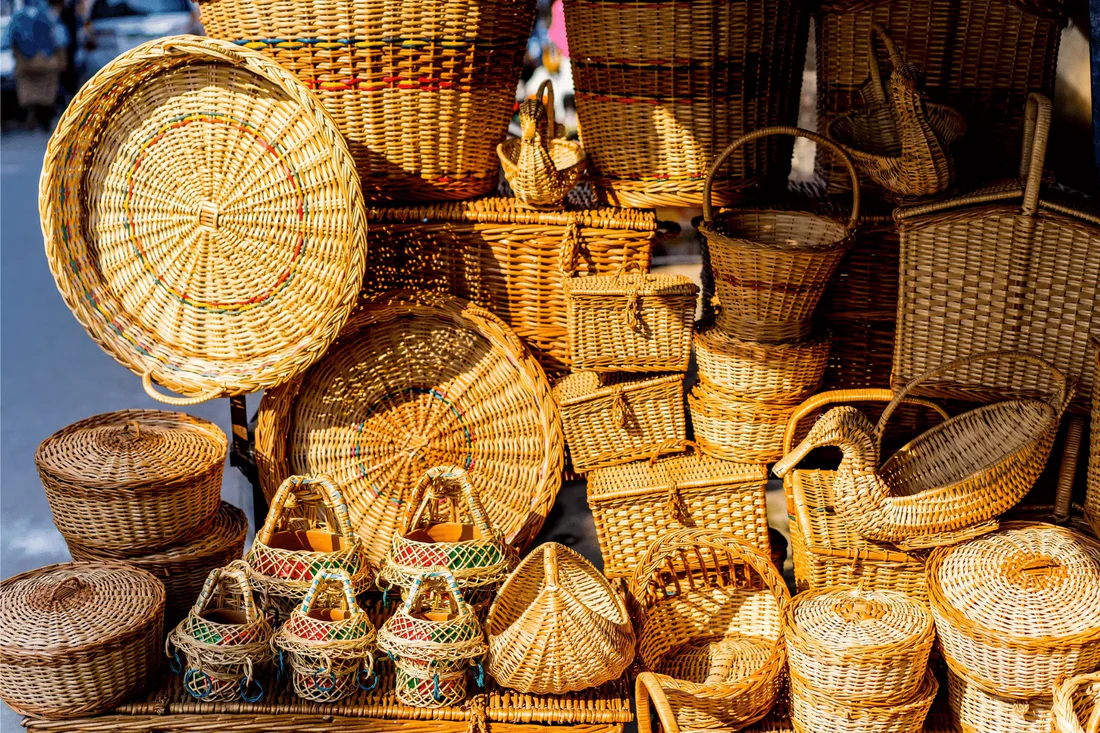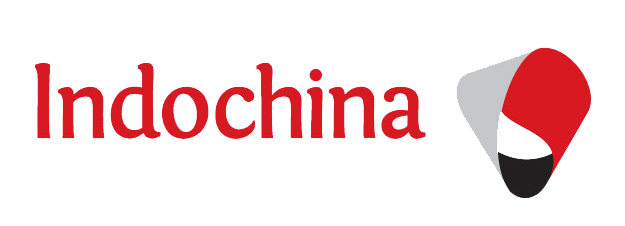Transporting Handicrafts from Hai Phong Port to Osaka Port
Vietnam is renowned for its high-quality handicrafts, from bamboo and rattan products to lacquerware, ceramics, and handwoven textiles. With Japan being one of the top importers of Vietnamese handicrafts, the shipping route from Hai Phong Port to Osaka Port has become increasingly significant. This article provides a comprehensive overview of the process of transporting handicrafts from Hai Phong to Osaka, covering logistics, documentation, packaging, customs, and final delivery.

Overview of the Shipping Route
Hai Phong Port, located in northern Vietnam, is a critical gateway for exports, especially for goods produced in Hanoi and surrounding provinces. Osaka Port, situated on the southern coast of Honshu Island, is one of Japan’s busiest international trade ports, serving as a hub for cargo arriving from Southeast Asia.
The sea distance between Hai Phong and Osaka is approximately 2,800 kilometers (1,740 miles). Transit time by ocean freight usually takes 6 to 10 days, depending on the carrier, route, and weather conditions.
Nature of Handicraft Goods
Handicrafts are typically fragile, lightweight, and often made from natural materials such as:
Bamboo, rattan, and wood
Ceramic and porcelain
Lacquerware
Embroidered or woven textiles
Paper and recycled materials
These products require extra care in handling, packaging, and storage during shipment to prevent damage.
Product Preparation and Packaging
Sorting and Inspection
Before export, all items are carefully inspected for defects, cleaned, and categorized according to material, size, and fragility. Proper documentation is prepared for each type of item, especially if they involve endangered materials or require special certificates.
Packaging Methods
To ensure the goods arrive safely in Osaka:
Each item is wrapped individually using soft protective materials (e.g., bubble wrap, foam sheets).
Products are placed in inner boxes, which are then loaded into master cartons.
For fragile items like ceramics or lacquerware, wooden crates or reinforced cartons may be used.
Desiccants are often included to prevent mold or moisture damage during the sea voyage.
Proper labeling includes:
Product name and description
Quantity and dimensions
“Fragile” or “Handle with care” signs
Country of origin
HS code (commonly used codes include 4602 for bamboo products, 6912 for ceramics, 9703 for original works of art, etc.)
Choosing the Right Shipping Option
There are two main sea freight options:
FCL (Full Container Load): Recommended for large-volume exports, where an entire 20-ft or 40-ft container is used exclusively by one exporter. This ensures greater control and security.
LCL (Less than Container Load): Ideal for small to medium shipments. The exporter shares container space with other shippers. While more economical for small volumes, there’s a higher risk of damage due to mixed cargo.
For handicraft exports, if the shipment involves a wide range of items or high value, FCL is generally safer.
Documentation Requirements
Proper documentation ensures smooth customs clearance on both sides. Key export documents include:
Commercial Invoice: Lists product details, prices, buyer and seller information.
Packing List: Describes packaging details and content breakdown.
Bill of Lading (B/L): Issued by the shipping line; serves as a receipt of goods and a contract of carriage.
Certificate of Origin (C/O): Proves the Vietnamese origin of the products and may qualify for preferential tariffs under trade agreements (e.g., AJCEP – ASEAN-Japan Comprehensive Economic Partnership).
Export Customs Declaration: Required by Vietnam Customs.
Fumigation Certificate: Often necessary for products made from natural materials like bamboo or wood to prevent pest contamination.
For Japan, additional documents such as an Import Notification and, in some cases, Product Safety Certifications, may be required.
Export Clearance at Hai Phong Port
After documentation is prepared, the goods are transported to Hai Phong Port. Export clearance involves:
Submitting digital customs declarations via Vietnam’s National Single Window system.
Inspection (random or full) by customs officials.
Payment of export-related fees or taxes (usually minimal or zero-rated for handicrafts).
Once cleared, the goods are loaded into containers and sealed for shipping.
Sea Transportation to Osaka Port
The container is loaded onto a container vessel headed for Osaka. During transit:
The container is stored in the vessel’s cargo hold or deck.
Tracking systems (GPS or shipping line tracking portals) allow both shipper and buyer to monitor the shipment in real-time.
Carriers usually provide estimated time of arrival (ETA) and alerts in case of delays.
The shipping line plays a key role in ensuring safe handling, particularly for fragile or temperature-sensitive cargo.
Import Clearance at Osaka Port
Upon arrival in Japan, the importer or their logistics agent begins the import clearance process with Japanese Customs. The following steps are involved:
Submission of import declaration via Japan’s NACCS system.
Inspection (if selected), especially for organic or handmade goods.
Verification of documentation (especially C/O and invoice).
Payment of import duties and consumption tax (usually 10%).
Handicrafts are generally classified under low-duty or duty-free categories under AJCEP or other trade agreements, reducing cost barriers.

Inland Transport and Delivery in Japan
Once cleared, the goods are transported from Osaka Port to their final destination. This may be:
A warehouse or distribution center
A retail store or showroom
Directly to a customer (in the case of e-commerce or business-to-customer delivery)
Japan’s domestic logistics infrastructure is highly efficient, with options including truck, rail, and courier services.
Cost Structure and Considerations
The cost of shipping handicrafts from Hai Phong to Osaka includes:
Packaging and labeling
Inland transportation to Hai Phong Port
Freight forwarding services
Ocean freight (FCL or LCL)
Export documentation and customs clearance
Import duties and taxes in Japan
Domestic delivery in Japan
Typical costs for an LCL shipment range from $300–$700 depending on volume, carrier, and season. FCL costs vary from $1,200–$2,000+, depending on container size and service level.
Conclusion
Shipping handicrafts from Hai Phong Port to Osaka Port is a well-established process that connects Vietnamese artisans with the discerning Japanese market. While international shipping involves multiple steps and challenges, proper planning, documentation, and logistics coordination can ensure that delicate and beautiful handicrafts arrive safely and on time.


